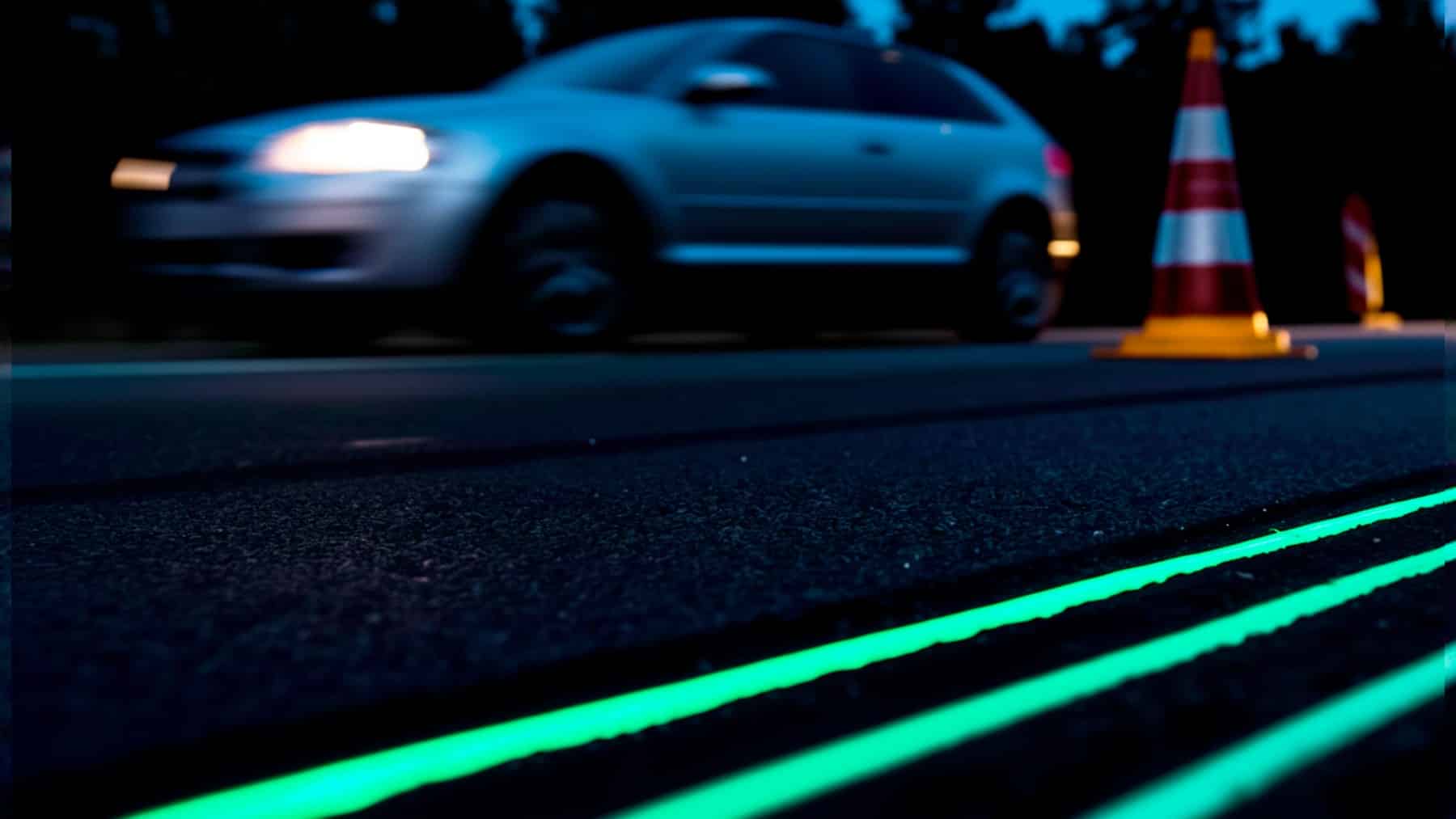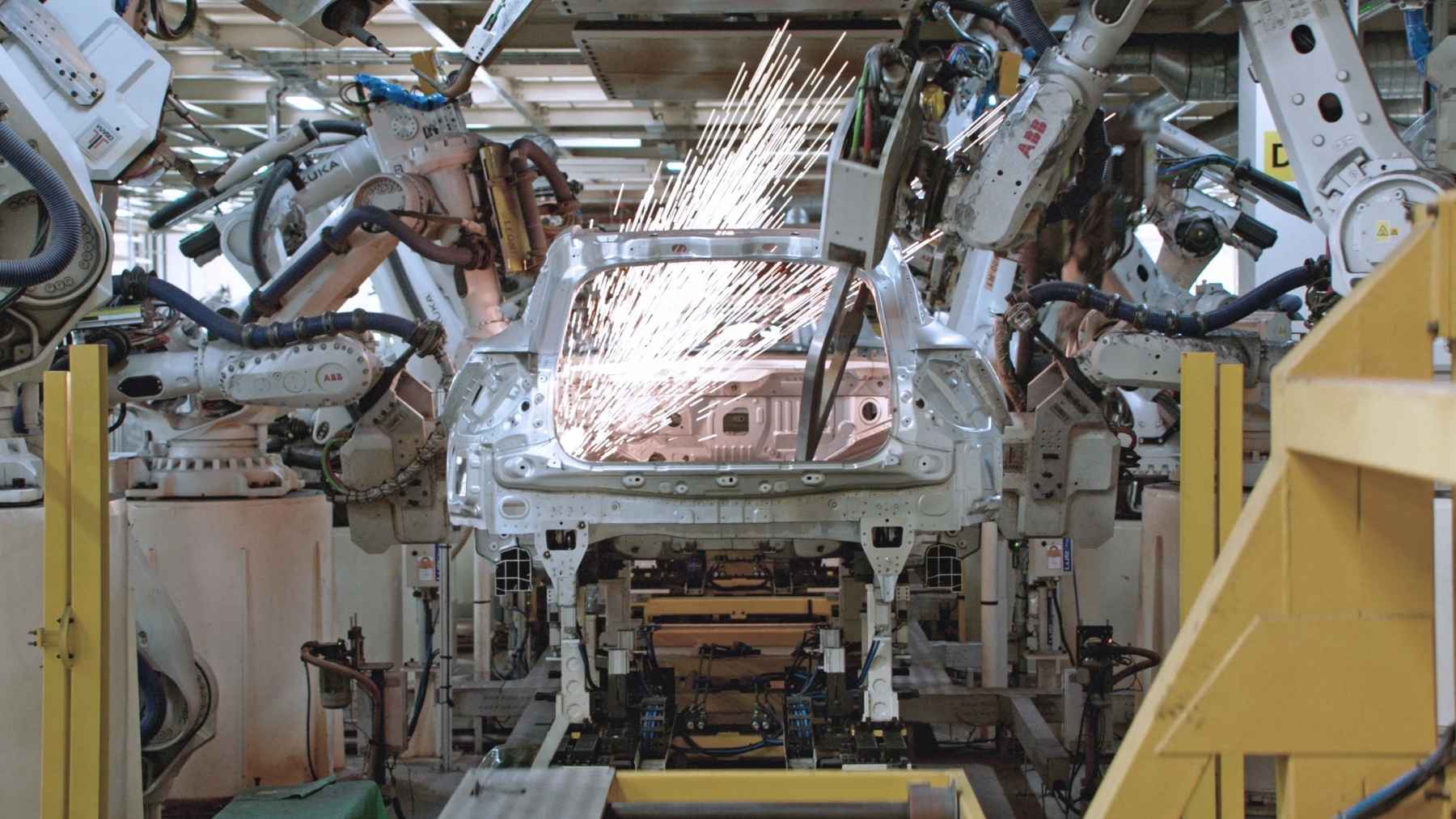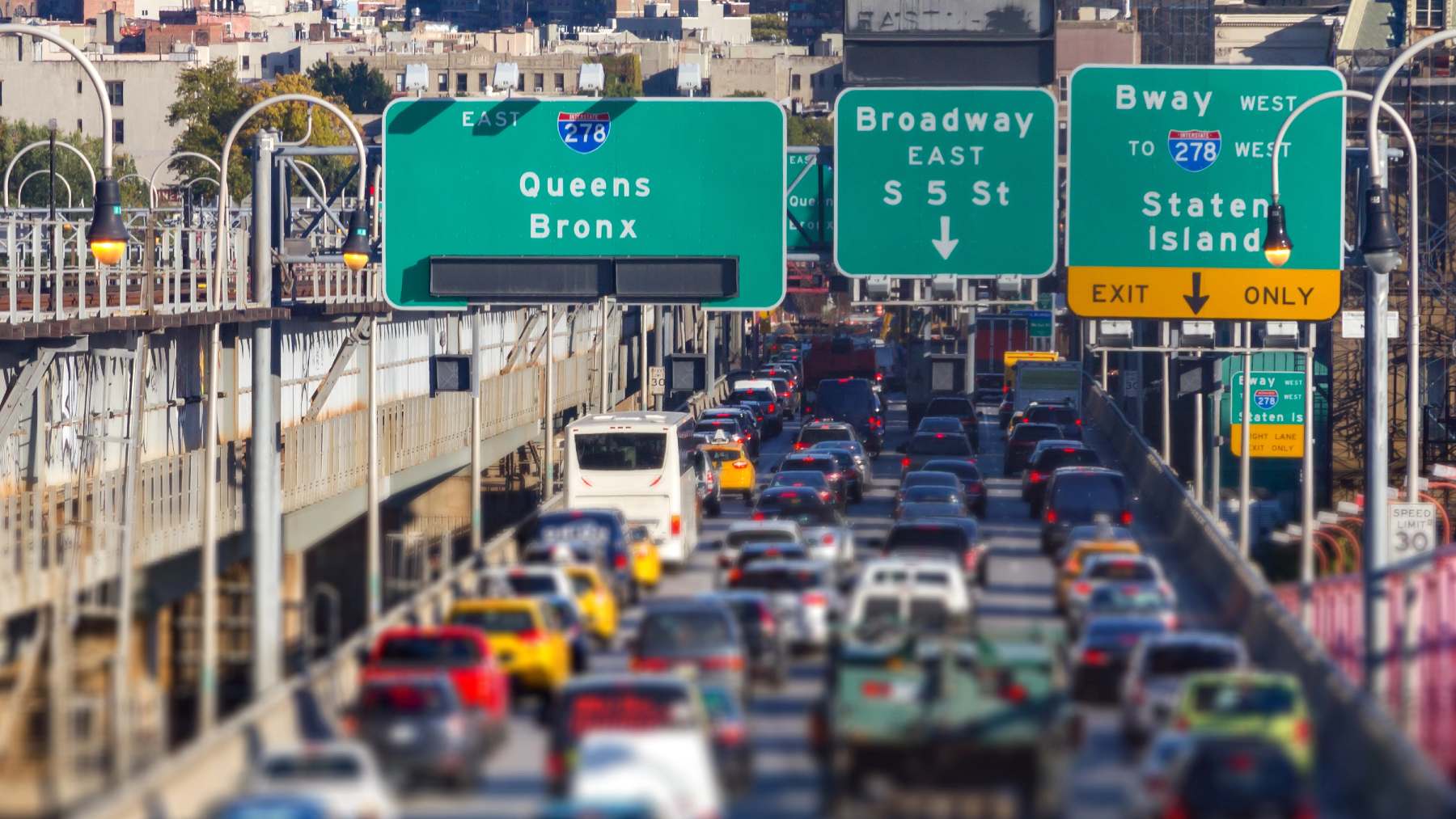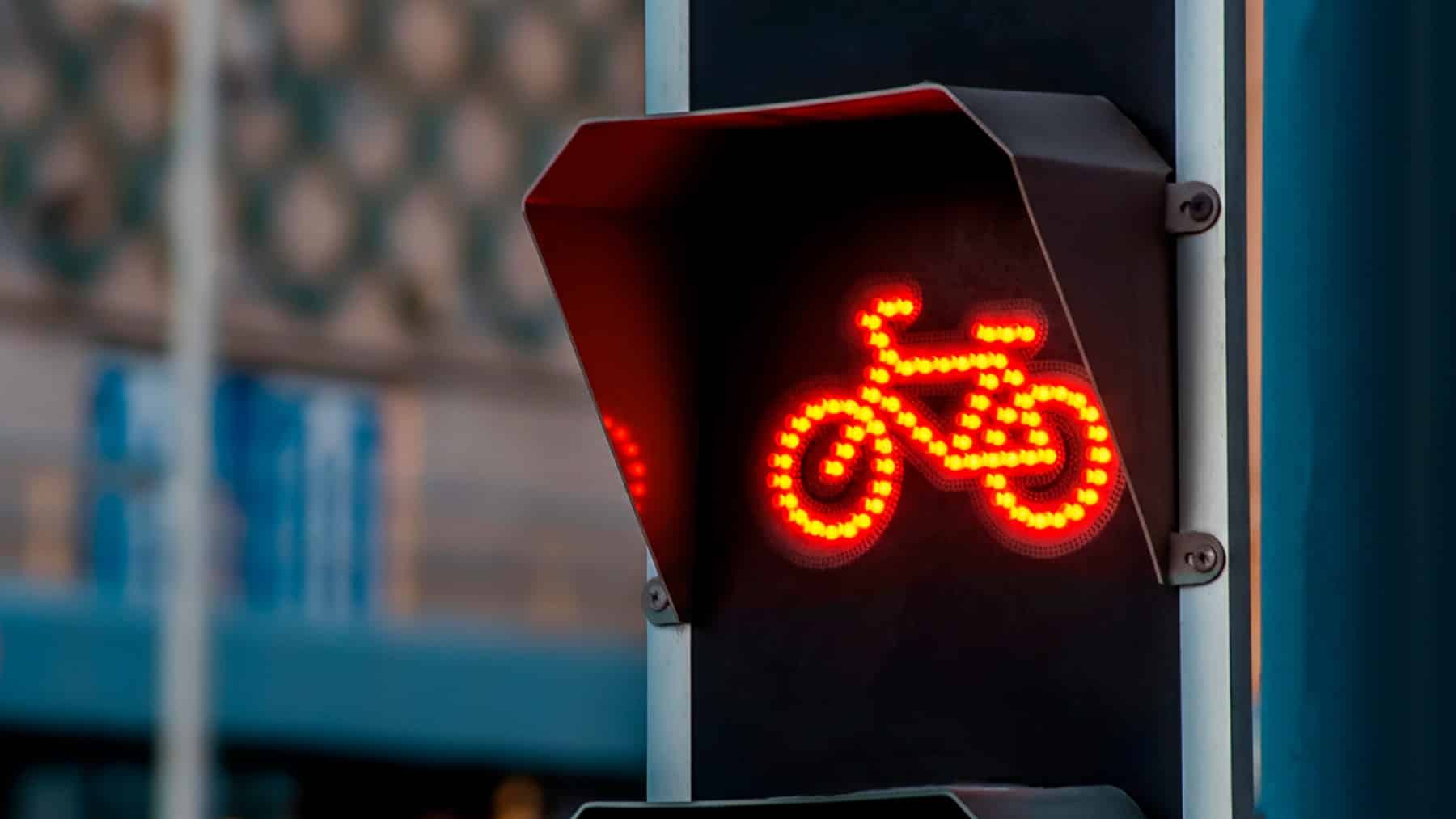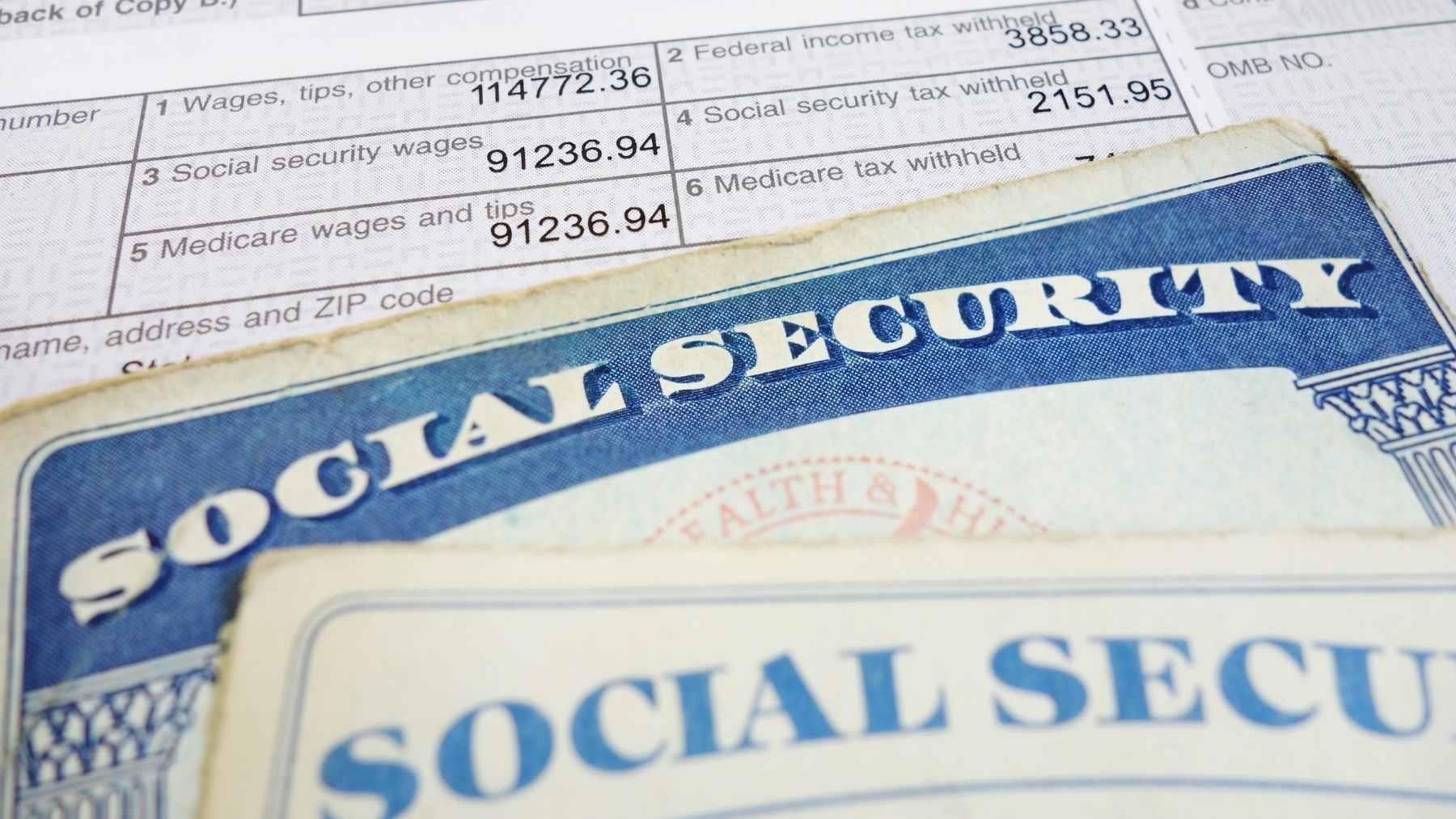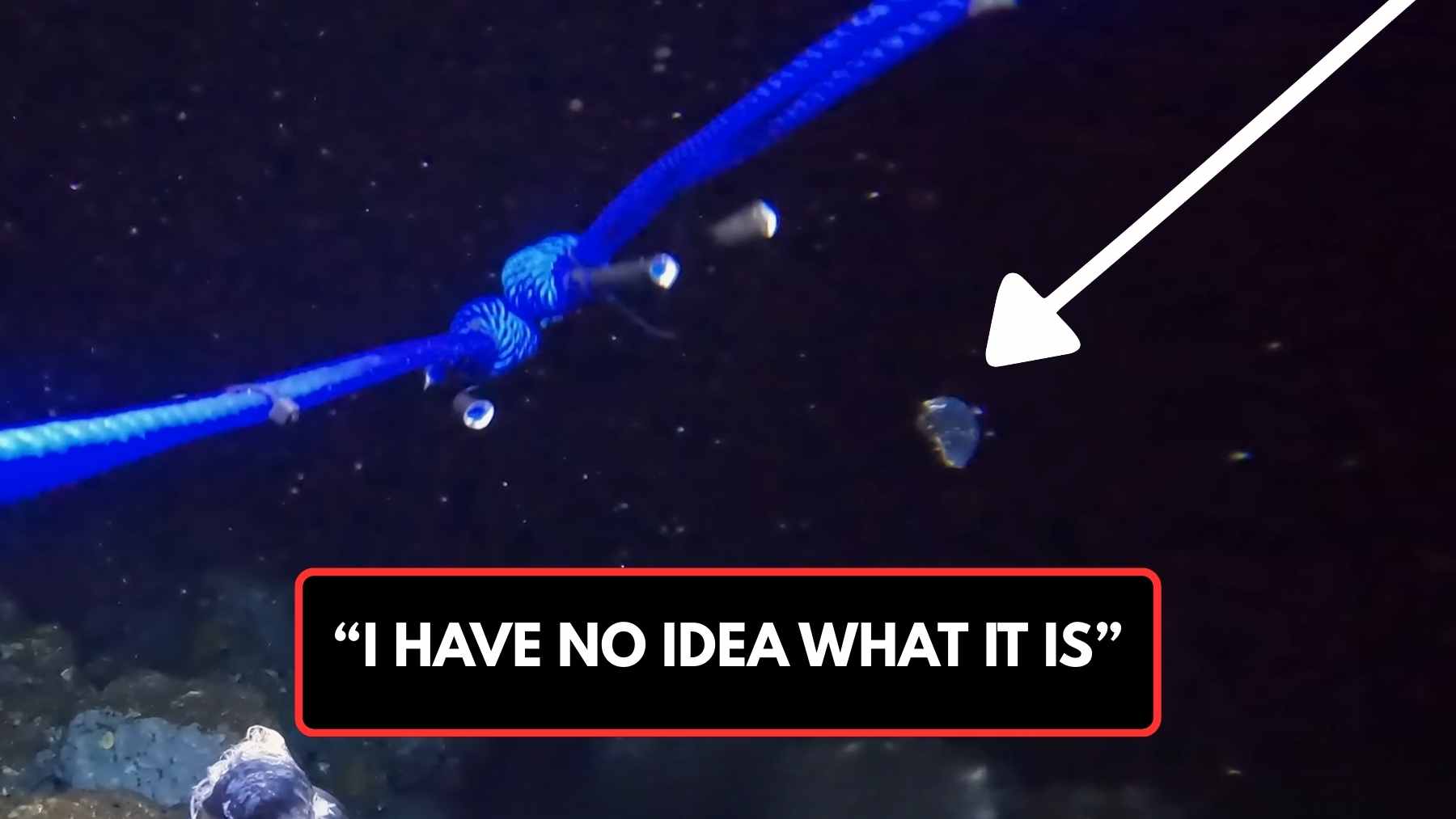Keeping the roads safe remains a top priority for lawmakers. Being open to multiple types of legislative practice is critical to ensuring that all road users’ lives remain prioritized and that states can reduce the number of road accidents and fatalities as much as possible. While many interventions that are intended to do this are focused on the penalties associated with breaking road laws and policies, other interventions include redesigning the roads themselves in order to make them safer.
Maintaining road users’ safety with new legislation
This year alone has seen new legislation emerge across states as a way to come down on drivers who continue to break the laws of the road. The problem with ensuring that road safety laws are upheld is that it requires road users to understand the personal responsibility they have to keep others safe on the road. However, many drivers continue to prioritize their own needs over the lives of others, leading to unlawful and risky driving behaviour such as speeding, texting while driving, and driving under the influence of alcohol or narcotics.
To clamp down on this persistent unlawful behaviour, lawmakers have been forced to introduce harsher penalties for drivers convicted of this behaviour. Such penalties include higher fines, with some being as much as thousands of dollars, the risk of jail time for drivers, and points against a driver’s license, which could lead to the suspension of the license altogether.
One state that has been demonstrating that it will be taking a zero-tolerance approach to drivers who continue to breach these safety laws is Maryland. This month, the state saw several new driving laws go into effect, including a new tiered-fining system, replacing the previous flat fine of $40. Now, if you are caught speeding, your fine will be correlated against the speed you were driving at, with higher speeds resulting in higher fines.
Could glow-in-the-dark roads be coming to America?
In order to ensure the safety of road users, American legislators may want to take inspiration from what other countries are doing to keep their roads safe. In 2014, the Netherlands rolled out light-absorbing ‘glow-in-the-dark’ roads to replace streetlights on highways. The pilot project over ten decades ago was a solution to both the funding costs of lighting up roads, as well as an environmentally friendly solution to reduce the use of electricity by using glowing road markings.
“This road is about safety and envisaging a more self-sustainable and more interactive world,” said project designer Daan Roosegaarde.
Currently, such an idea would be limited in the US due to regulations like the Manual on Uniform Traffic Control Devices (MUTCD), which dictate the colors for pavement markings, with these colors typically being white and yellow. However, with current legislative policies constantly being updated, it may be worthwhile to investigate if such a project would be feasible, especially considering the current energy crisis.
This technology could be rolled back on the roads
Other road safety technologies, which may now be limited in the US, include automated camera technology. Automated camera technology has been a major addition to assist law enforcement in monitoring the roads for drivers who continue to break the law while traffic officers are not present.
However, with the growing development of surveillance technology, a new piece of legislation, dubbed the Freedom from Automated Speed Enforcement Act, is being proposed by the federal authorities, which would see funding cuts for states that use this technology, with up to 10% of highway funding cut. While still pending approval, this new legislation would be a major problem for states that have just started to use this technology on their roads.
